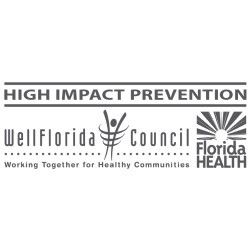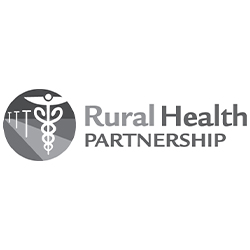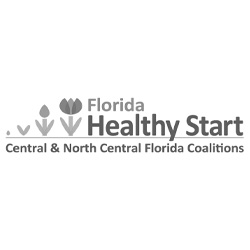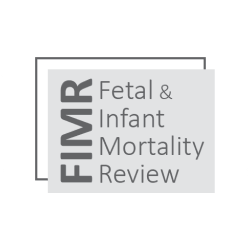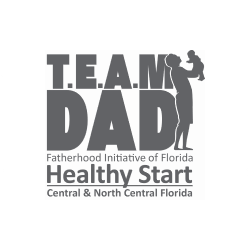Alachua fares well, other counties do not in health rankings
Gainesville Sun
By Christopher Curry
Alachua County fared well in a national county-by-county snapshot of residents’ health, while several rural North Central Florida counties continued to struggle with significant issues.
The Robert Wood Johnson Foundation and the University of Wisconsin Population Health Institute’s sixth annual national county health report ranked Alachua County 18th in the state for health outcomes, a measure that looks at data related to residents’ length of life and quality of life.
Alachua County was second in the state for health factors, a measurement that looked at health behaviors such as smoking, physical activity or inactivity, excessive alcohol consumption and obesity, residents’ access to health care and socio-economic status.
The annual rankings brought less rosy news for the rural counties across the region.
Dixie, Union, Levy, Hamilton, Baker, Putnam, Bradford and Columbia counties each ranked in the bottom 20 in the state for health care outcomes and health factors.
Union County was 67th out of 67 Florida counties in health outcomes for the third year in a row, a position that one health care expert said is due in part to the disproportionately high premature death rate among the inmate population in a county with three state prisons. Dixie County was 63rd, Hamilton County was 64th, and Putnam County ranked 65th for health outcomes.
In the ranking based on health factors, Dixie County was 64th, Hamilton was 65th, and Putnam was 67th out of 67 counties.
The wide gap between Alachua County and its more rural neighbors highlights the disparity in access to care, said Candice King, the executive director of the Alachua County Organization for Rural Needs (ACORN) Clinic, a nonprofit safety-net clinic primarily serving the poor and uninsured.
With the large health complex at UF Health Shands Hospital, a large private hospital in North Florida Regional Medical Center, a slew of smaller practices and some 15 safety-net clinics where medical personnel, including volunteers, provide care to low-income residents, Alachua County has greater access, she said.
In rural areas with less population, there are more barriers, King said. Income is a barrier. With smaller populations to support a practice, there are fewer doctors or dentists. Residents have to travel farther to get care, and transportation then becomes a barrier.
King also said rural, agricultural communities tend to have more self-employed individuals who do not have insurance coverage through an employer. They have to pay out of pocket for medical care or cover all the costs to purchase insurance.
Numbers in the Robert Wood Johnson/University of Wisconsin report show some of the differences in access to care. Alachua County ranked first in the state for access to clinical care, with one primary care physician for every 744 residents and a dentist for every 632. Union County, by comparison, had one doctor for every 3,042 residents and one dentist for every 5,045.
As it stands, many rural residents travel across counties to access affordable care, particularly dental care or specialty care.
Located off a country stretch of State Road 235 south of Brooker, the ACORN Clinic has 261 dental patients and 61 medical patients from Union County.
Stephen Rugg, who has lived near Lake Butler in Union County for 10 years, was in the dental clinic getting cavities filled Thursday morning. Rugg said he loves the small, close-knit community in Union County but accessing health care can be a challenge.
“We’ve got a great county … a lot of great people,” he said. “I wouldn’t live anywhere else. We just don’t have enough dentists. As far as going to the dentist, you’re going to have to truck it.”
Cynthia Thornton, another Union County resident at the ACORN Dental Clinic Thursday, said she has a primary care doctor in Lake Butler. But she said she crisscrosses North Florida from Lake City to Alachua County to see her eye doctor, gynecologist or dentist.Behaviors influencing health also played a role in the rankings.
In the region’s rural counties, adult smoking and adult obesity were above the state average, sometimes by a significant amount, and there was less access to exercise facilities and opportunities.
The nonprofit WellFlorida Council covers 16 Florida counties, including Alachua and Marion as well as Union, Bradford, Dixie and many of the other rural counties with health challenges.
Jeff Feller, CEO of WellFlorida Council, said the report brings attention to the socioeconomic factors that are “social determinants” of health status.
Instead of focusing only on the delivery of health care, Feller said efforts to improve health also have to address access to education, the number of children in poverty, unemployment, income levels and access to exercise opportunities.
On social and economic factors influencing health, Putnam ranked 67th out of 67 counties. The percentage of children in poverty and the unemployment rate were above the state average, along with the rate of violent crime and injury deaths.
On the other hand, the percentage of high school graduates and residents with some college education were both below the statewide average.
Back to News page
